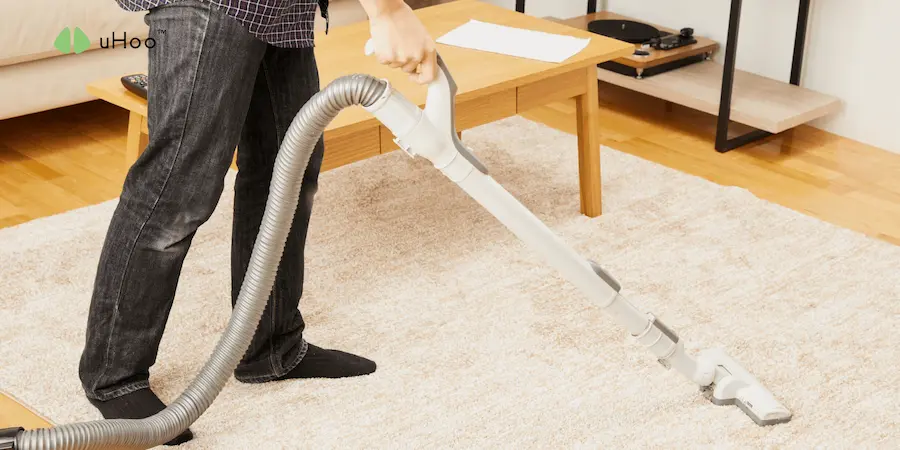Think you’ve mastered the art of vacuuming? Even the most seasoned cleaners might be surprised by these nuanced techniques that elevate your dust removal game from routine to truly deep cleaning. It’s about going beyond the visible and tackling the hidden reservoirs of dust and allergens that can compromise your indoor air quality.
One often-overlooked trick is the pre-vacuum fluff. For high-pile carpets and rugs, take a few extra moments to walk across the area or use a clean broom to gently agitate the fibers before vacuuming. This loosens deeply embedded dirt and debris, allowing your vacuum to extract significantly more than a simple surface pass.
Strategic airflow management can also make a huge difference. Close nearby doors and windows in the room you’re vacuuming. This minimizes air currents that can stir up dust before your vacuum has a chance to capture it. Think of it as creating a contained cleaning zone.
Consider the two-direction rule, amplified. While moving against and then with the carpet nap is standard practice, for truly deep cleaning, incorporate a third pass diagonally. This multi-directional approach attacks trapped particles from every angle, particularly beneficial in high-traffic zones.
Don’t underestimate the power of dwell time. For particularly stubborn areas or spills (once dry, of course), let the vacuum head linger for a few extra seconds. This allows the suction to work more effectively at drawing out deeply ingrained dirt.
Vacuuming frequency adjusted for lifestyle is another pro tip. While weekly vacuuming is common, consider increasing frequency based on factors like pets, children, or living in a dusty environment. More frequent, shorter sessions can often be more effective at preventing significant buildup than less frequent, marathon cleaning sessions.
The art of the slow and steady incline applies particularly to stairs. Instead of quickly dragging the vacuum up each step, move slowly and deliberately, allowing the suction to work its way into the fibers. Use the appropriate attachment and overlap each pass for thorough cleaning.
Beyond the floor: remember that dust settles on vertical surfaces too. Use your upholstery attachment on curtains, blinds, and even fabric wall hangings. A gentle, top-to-bottom approach will prevent dust from simply falling onto freshly cleaned floors.
Finally, consider the exhaust. Some vacuums can inadvertently stir up fine particles. If your vacuum has adjustable exhaust direction, try pointing it away from areas you’ve already cleaned or towards an open window (if applicable and safe).
Investing in a uHoo air quality monitor would be a great way to gain real-time insights into your efforts and ensure consistently cleaner air throughout the year.



